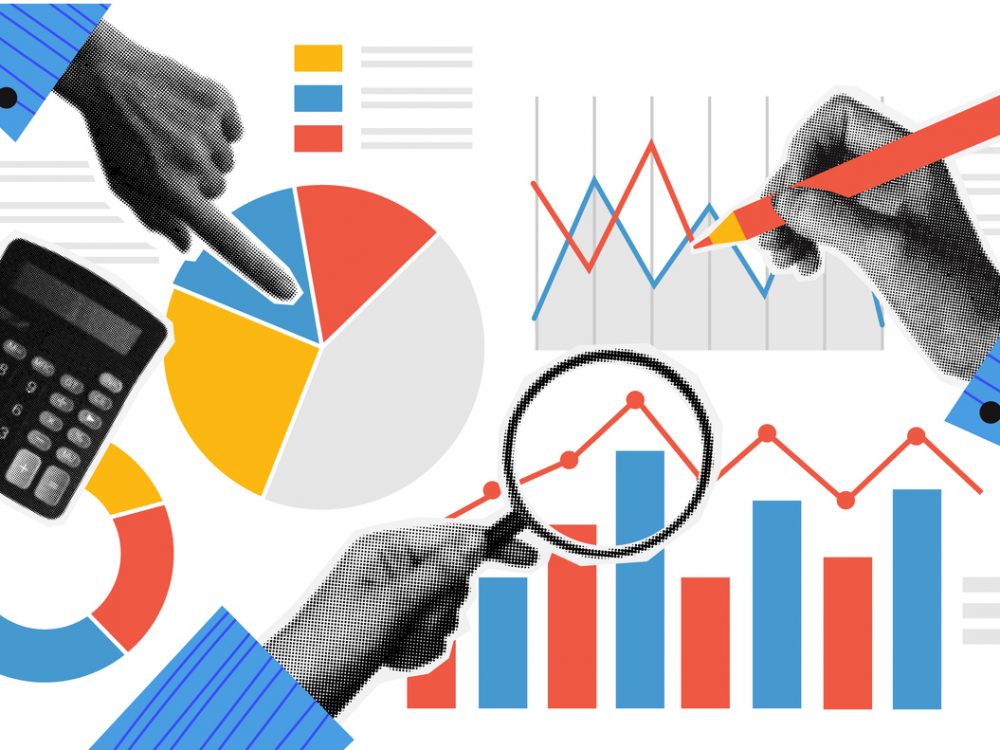COVID-19 Is Not Gender Neutral

As people around the world continue to face the effects of COVID-19, academic institutions and government policymakers are turning to data more than ever to understand the scope of the crisis, anticipate its spread, and formulate policy decisions. One example of existing high quality, real-time data is the Johns Hopkins’ COVID-19 dashboard, which has expanded as a data resource as the crisis grows. While policymakers and experts are relying on these resources, it is crucial to understand what information is being captured and what is not, as making decisions with incomplete or faulty data has huge consequences.
Data Are Not Neutral
Data as a concept may seem impartial, but the data we collect and use is a reflection of power and priority. There is always inherent bias involved in collecting and analyzing quantitative evidence – it is often anything but “objective”. Data is collected within a specific cultural context, and when not enough kinds of data are collected, we lose the granularity needed to correctly interpret data. In the worst-case scenario, inappropriate or misunderstood information can lead to poor decision-making.
From DG’s perspective of data use for informed decision-making, the current most pressing need data disaggregated by sex.1 Understanding the death and infection rate in men and in women uncovers data gaps and points us towards more effective solutions. For example, we know that COVID-19 affects men more severely than women. As one scientist remarked, “Being male is as much a risk factor for the coronavirus as being old.” In a report by the World Health Organization that analyzed more than 74,000 cases, 60% of COVID-19 patients who died were men. Some experts speculate that known COVID-19 risk factors including pre-existing conditions, alcoholism, and smoking disproportionately affect men. However, the Johns Hopkins dashboard does not show the increased risk associated with simply being male. This is not a fault of the designers, who would include gender-disaggregated data if it were to exist. But many countries and jurisdictions, including the United States, do not require sex-disaggregated data and therefore do not uniformly collect it. Without systematically collecting gender-disaggregated data on who is infected or being tested, experts cannot explain why being male is a risk factor for COVID-19.
In the future, experts will be able to stitch together a complete understanding of the virus, infection rates, case mortality, and even gendered-aspects of the disease. But for decision-makers working to stop the spread and prioritize urgent needs, reliable and accurate data is needed in real time.
Gender Data are About More than the Current Crisis
The lack of gender data extends into research across the field of medicine, and a lack of studies on women can lead to worse health outcomes. For example, men make up the vast majority of participants in medical research trials. Between 1998 and 2000, women represented just 22% of initial small-scale safety trials for new drug applications submitted to the FDA. Women are more likely to die from heart attacks when treated by a male physician – partially caused by the fact that women and men experience different symptoms, so many physicians and patients themselves are less likely to recognize heart attacks in women.
So far, COVID-19 treatment and vaccine trials similarly struggle with this data disaggregation. The National Institute of Allergy and Infectious Disease is running vaccine trials on 45 adults – but they are not analyzing results by gender, citing a small sample size. However, as DG learned through our work with Global Affairs Canada (GAC), data analysts need gender-disaggregated data, even in small samples, because they can then combine data from multiple studies for further analysis. With GAC, DG developed a methodology for aggregating project-level gender data to understand its broader impact on women and girls.
Existing Data Show Long-Term Social Impacts on Women

Data collection in relation to health impacts is important, but it is also crucial to collect data on social impacts to understand how a crisis can exacerbate existing inequities. It is clear that women bear significant burdens from the virus’s societal impacts. Healthcare workers, 67% of whom globally are women, are not only more likely to contract the virus, but are more likely to contract severe or fatal cases. Healthcare workers and first responders face chronic shortages of personal protective equipment. Even when available, PPE is generally designed for men. The incorrect sizing means women are more likely to be exposed due to loose or misshapen PPE.
There is growing concern that the pandemic’s social and economic impacts will be disproportionately felt by women in the long-term. The World Bank reports that “gender inequalities will widen during and after the pandemic” and that “gains in women’s and girls accumulation of human capital, economic empowerment, and voice and agency, painstakingly built over the past decades, will be reversed.” Women have already experienced worse impacts from lay-offs, school closures, and increased domestic violence.
A Way Forward
While not perfect, we are seeing slow changes towards better data collection. For example, Johnson & Johnson has committed to disaggregating their human trial data. UN Women also created a data dashboard to provide updated data on COVID-19 cases by age and gender, and Open Data Watch has recently created a resource website including best practices and guidelines on collecting gender-sensitive data during COVID-19.
Decision-makers should be formulating policy using high-quality, real-time data. However, there is a mismatch between the existing gender-neutral data, and the ability to achieve a gender-sensitive path forward.
To improve COVID-19 health outcomes, we must collectively demand that women are included in research studies and that data is disaggregated by gender – whether scientists are measuring how women and men’s bodies react to diseases or are measuring the appropriate length of a hazmat suit. We also must ensure that our policymakers and researchers are actively using that gender-disaggregated data to eliminate barriers and enhance access to care. By collecting gender-disaggregated data in real-time, we can design effective interventions to help those most impacted and ensure better preparedness for the future.
1. Age, race, and other social demographics are also critically important disaggregations to consider. However for the purpose of this article, we will focus on gender, in terms of “male” and “female”.
Photo credit: Evgeni Tcherkasski from Pixabay
Share This Post
Related from our library

From Data to Impact: Why Data Visualization Matters in Agriculture
This blog explores why data alone isn’t enough; what matters is turning it into usable insights. In agriculture, where decisions have lasting impacts, user-friendly tools help farmers and policymakers alike make better choices.

Harnessing the Power of Data: Tackling Tobacco Industry Influence in Africa
Reliable, accessible data is essential for effective tobacco control, enabling policymakers to implement stronger, evidence-based responses to evolving industry tactics and public health challenges. This blog explores how Tobacco Industry strategies hinder effective Tobacco control in Africa, and highlights how stakeholders are harnessing TCDI Data to counter industry interference.

Economic Toll of Tobacco-Related Diseases in Kenya: New Research Findings
Development Gateway: An IREX Venture (DG) is pleased to announce the publication of a research manuscript on the Economic Costs of Tobacco-Related Illnesses in Kenya. This research was carried out as part of the Tobacco Control Data Initiative (TCDI) activities in Kenya and is part of a broader report on Morbidity and Mortality from Tobacco Use in Kenya.